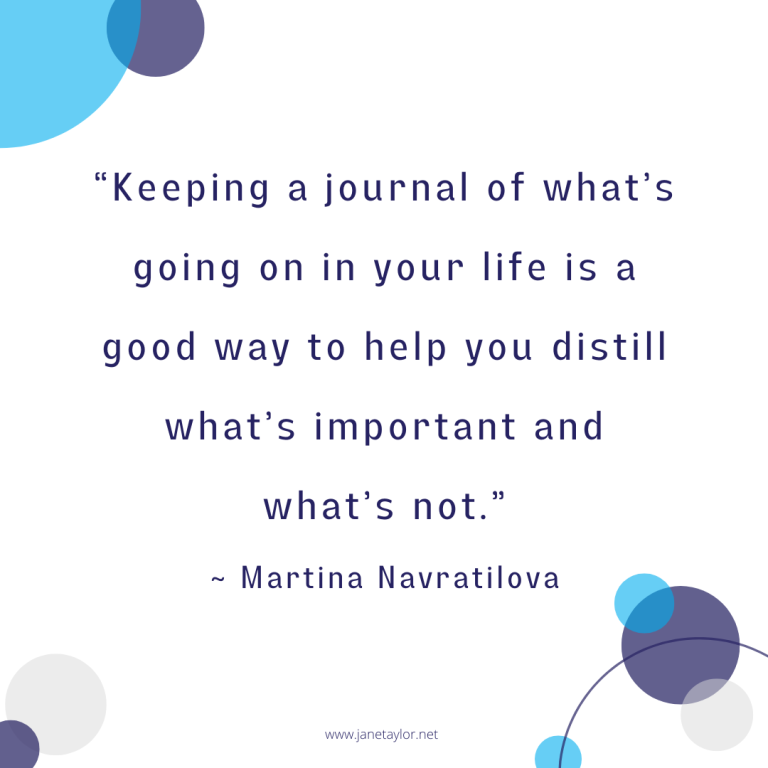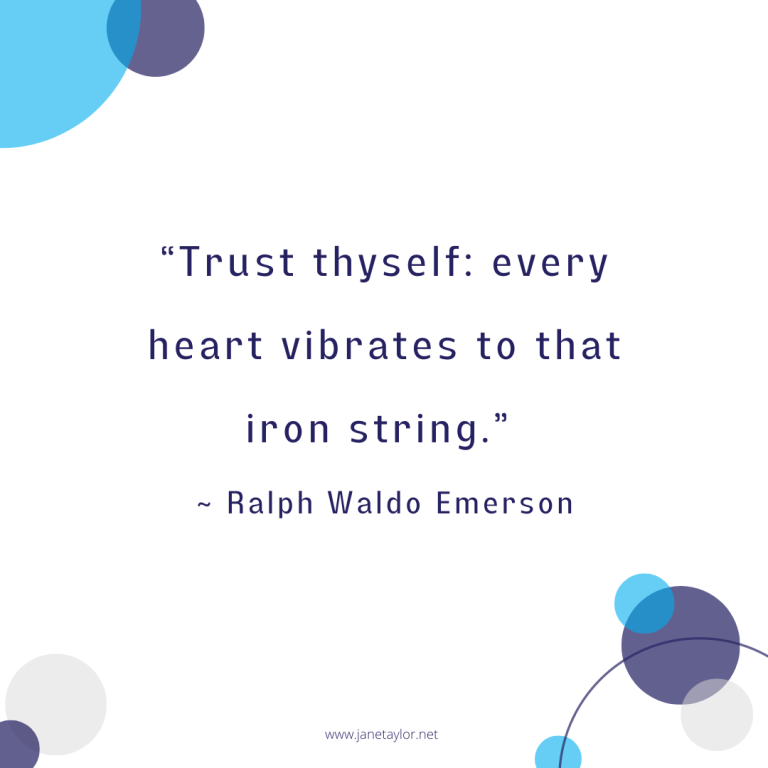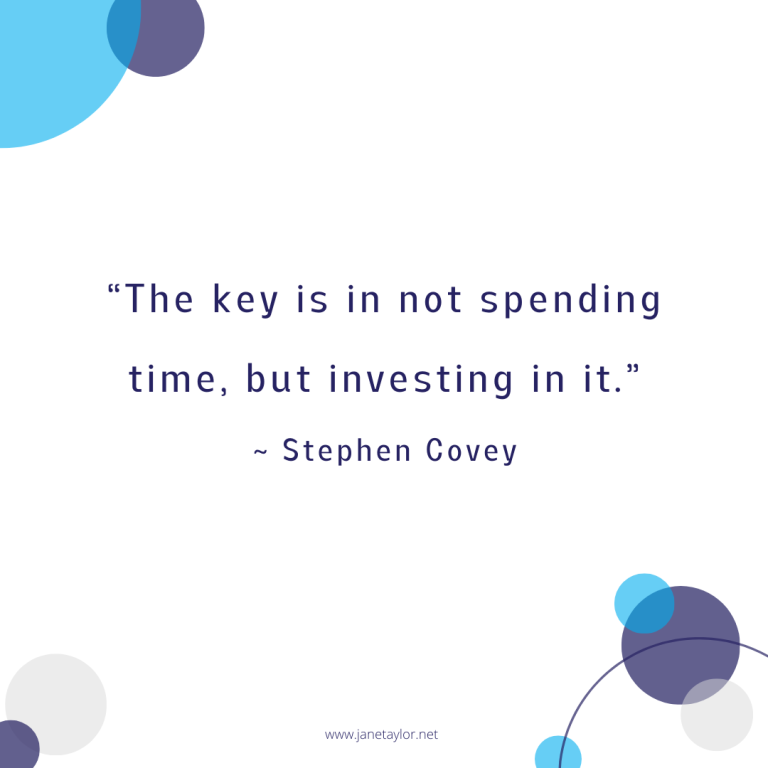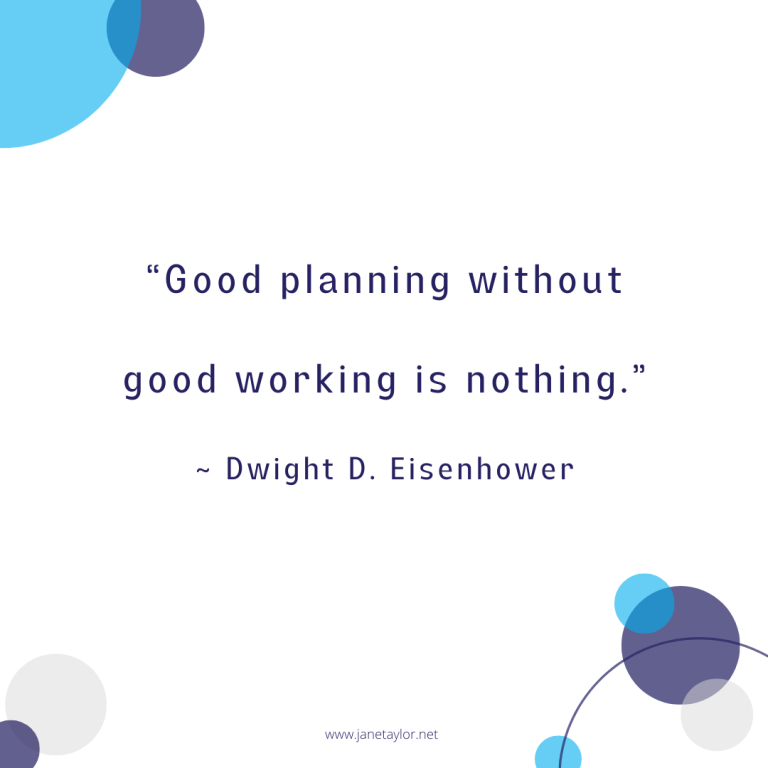Jane Taylor
Introduction to Journalling Journalling is a great way to start to shift your mindset and create a greater connection with yourself. Making a connection with your current experience of life through feelings / emotions, thoughts and body sensations. Journaling can help create greater self-awareness in our lives in each of the areas of our lives. I have…
Read MoreA few years back, when I had one of my first turning points I really started questioning life. I discovered many things on the adventure, however one word kept coming up and that was realignment. Subsequently, today I wanted to share more about realigning, including – Meanings of Realign? So when I am working with clients,…
Read MoreThe past few days, I have invested quite a bit of time reflecting about power and why we can give it away. Subsequently, today I wanted to share about self-trust and 5 ways to increase self-trust. So, in this post I will discuss – Let’s get started… What is Trust? There are many definitions of trust,…
Read MoreRecently I have been talking with a few people about showing up for yourself and I decided to write more on the topic as it may be a nice reminder to show up for you and your dreams. What Makes Up Your Life? Most of us know how to show up for our career and…
Read MoreDwight D. Eisenhower was the 34th President of the United States and the following quote has been linked to him – “What is important is seldom urgent and what is urgent is seldom important.” This quote led to the Eisenhower Decision Matrix. This week I had a situation where it helped me further clarify the difference between urgent and…
Read MoreAs the year draws to a close, I have been reflecting. Part of my process is looking at the challenges I experienced this year. However, this year I went in to a deeper place this year for the participants decided to untangle the differences between threats and challenges. Yes they both can impact our overall wholistic well-being,…
Read MoreSo today I thought I would share some questions that may help you decide if you need a wholistic self-management system. The reason being a lot of people ask me to coach them is to manage their stress and linked to that is overwhelm. Having a self-management system can help with both of those things. Three Types of People……
Read MoreRecently a few people have asked for a few of my favourite snack recipes. So to make it simple, I have created a few videos to show you. Also, if you like smoothies, I have a few of my faves here. Some of My Favourite Snack Recipes 1. My Açai Bowl This is my simple…
Read MoreSo it is that time of the year again, when we start to see an increase in the number of planners on the market. Before you go and purchase one, remember there is a difference between planners, planning and taking aligned action. Yes, clients often ask me about what the best planner is for them.…
Read More








